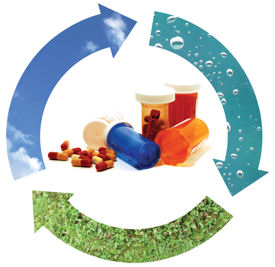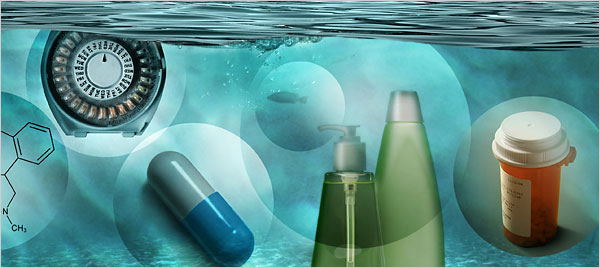All you have to do is take a walk in a large hospital to notice how bleak things must feel for patients and staff. White walls, standard fluorescent lighting, and institutional floors make the hospital feel more like a place of punishment than healing. This wasn’t always the case, however. Over a thousand years ago, people understood that a person’s mental and physical well-being could be influenced by his surroundings. For example, monasteries in Europe in the Middle Ages had gardens to help bring pleasant, soothing environments to the ill. The idea of creating gardens to help people focus on nature and not their disease process was not limited to Europe. It was known in the East as well.
So how, then, did hospitals develop into such large institutions without addressing this critical aspect? Some speculate that it was in the early 1900’s when medical technology began to boom that hospital administrators sacrificed aesthetics in lieu of more efficient buildings that would incorporate the newest in medical technology and infection control. The next several decades were surrounded by growth and maximization of resources at the cost of environmentally soothing buildings.
Fortunately, administrators and healthcare professionals have begun to recognize the impact of the physical environment in the healing process. Studies have shown that our environment can play a surprisingly significant role in a disease process. For example, “laboratory and clinical investigations have found that viewing nature settings can produce significant restoration within less than five minutes as indicated by positive changes, for instance, in blood pressure, heart activity, muscle tension, and brain electrical activity” (Ulrich, 1981; Ulrich et al., 1991).
More recently, studies have found that viewing natural settings can speed healing times in post-operative patients. The link is thought to be in part due to mitigation of stress. There was a series of interesting experiments done in Japan in the early nineties that analyzed alpha-wave rhythm activity in two groups of patients–one viewing natural settings, and the other, man-made settings. It was found that the EEG patterns in the two groups varied such that the group viewing natural settings showed EEG patterns suggesting relaxation while the group viewing man-made settings appeared stressed (Nakamura and Fujii). There are lots of other examples of studies that show similar findings.
With the growing body of evidence, hospitals have started to change. Gardens, for example, are becoming more commonplace. In fact, gardens have been found to have several positive outcomes: 1. they can foster social support and physical exercise 2. they can reduce stress among patients and staff 3. they can help decrease experience of pain.
Adding natural lighting to rooms, having windows, keeping plants, and providing scenes of nature are all simple ways to help a patient feel more calm and relaxed. The buzzword these days is “sustainable design.” Architects and healthcare institutions have teamed up to find ways to help make a hospital more green in the literal and figurative sense. They not only incorporate gardens and greenery, but also utilize evidence-based building designs to help institutions feel more like a place of wellness than a hospital.
Keep an eye out over the next few years for these much-needed changes. Hopefully, the days of plain walls and windowless rooms are out. Who knows, maybe the next hospital you visit will have gardens or waterfalls or better yet, look more like an outdoor setting than an institution. Either way, you’re bound to find healthier patients and happier staff.









